I want to compute below formula in Matlab (E-step of EM for Multinomial Mixture Model),

g and θ are matrix , θ and λ have below constrains:


but count of m is more than 1593 and when compute product of θ, number get very small and Matlab save it with zero.
Anyone can simplifying the g formula or use other tricks to solve this problem?
update:
data: data.txt (after downloads, change file extension to 'mat')
code:
function EM(data)
%% initialize
K=2;
[N M]=size(data);
g=zeros(N,K);
landa=ones(K,1) .* 0.5;
theta = rand(M, K);
theta = bsxfun(@rdivide, theta, sum(theta,1))';
%% EM
for i=1:10
%% E Step
for n=1:N
normalize=0;
for k=1:K
g(n,k)=landa(k) * prod(theta(k,:) .^ data(n,:));
normalize=normalize + landa(k) * prod(theta(k,:) .^ data(n,:));
end
g(n,:)=g(n,:) ./ normalize;
end
%% M Step
for k=1:K
landa(k)=sum(g(:,k)) / N ;
for m=1:M
theta(k,m)=(sum(g(:,k) .* data(:,m)) + 1) / (sum(g(:,k) .* sum(data,2)) + M);
end
end
end
end